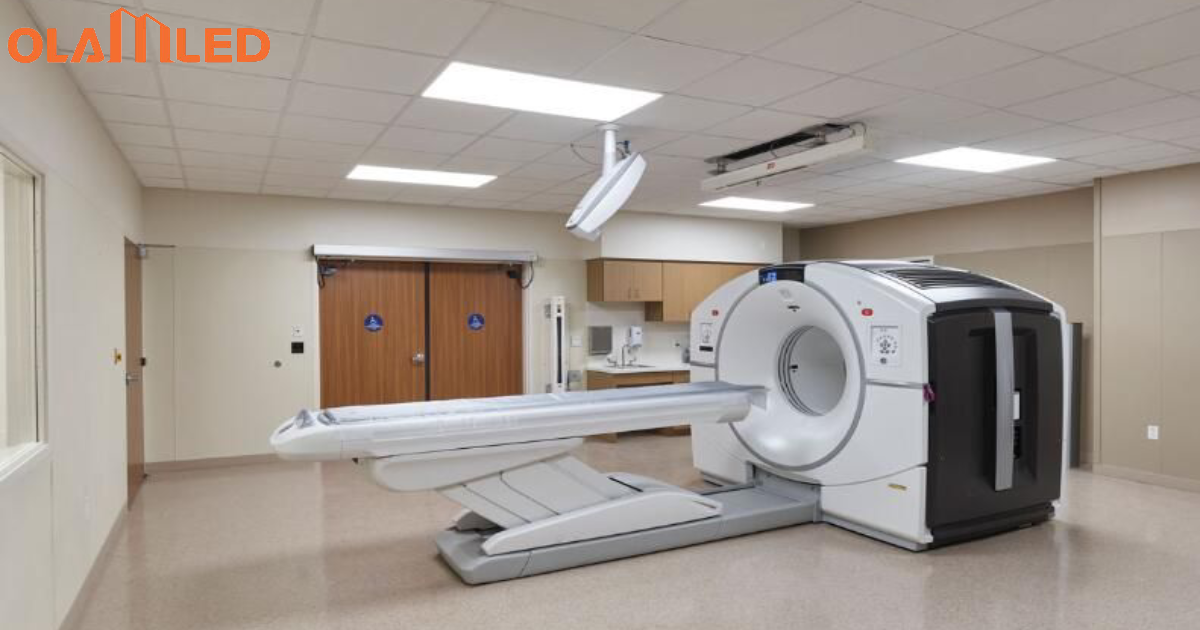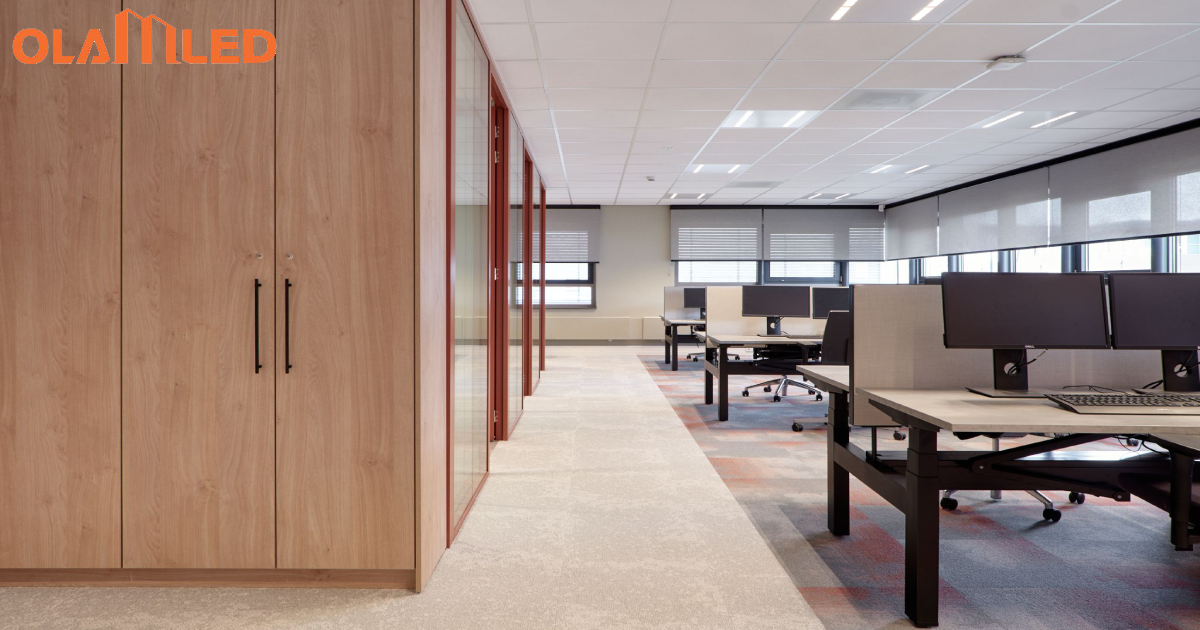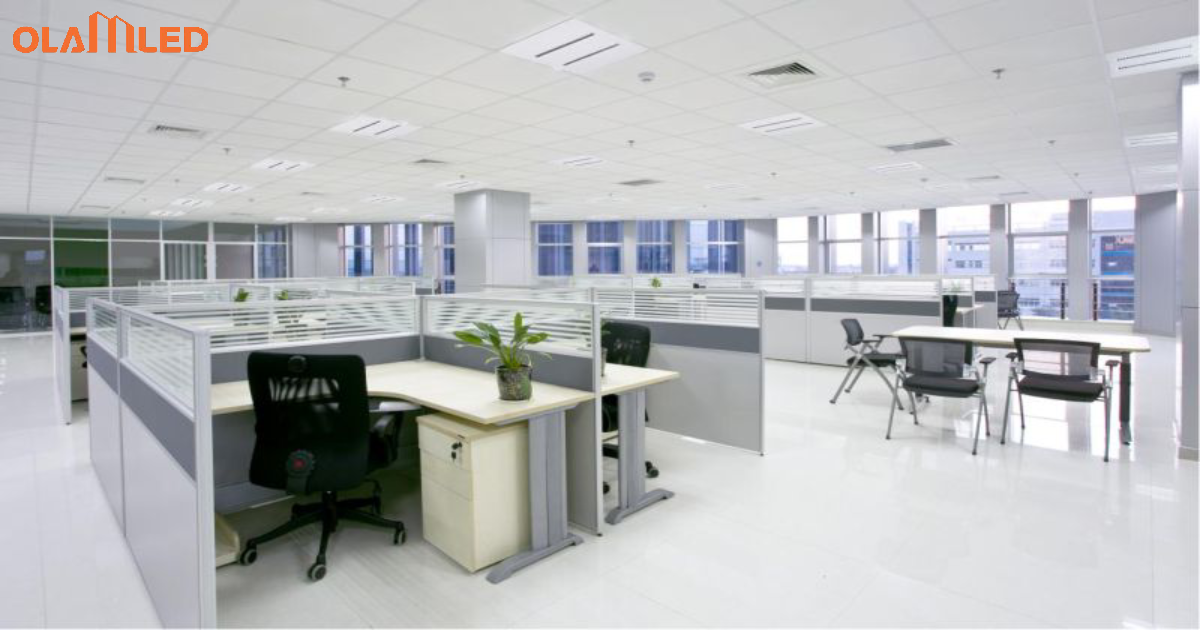Good lighting in your workspace cannot be overemphasized. You can improve and expand your space with well-lit areas. LED lighting is one of the recent lightning technologies and has proven to be efficient compared with traditional lightning.
In this blog post, we’ll discover the pros and cons of both LED light vs. traditional light.
Understanding LED and Traditional Lightning
LED lighting is different from traditional lighting. So, let’s get into understanding what each stands for and decide the best lighting technology for your business.
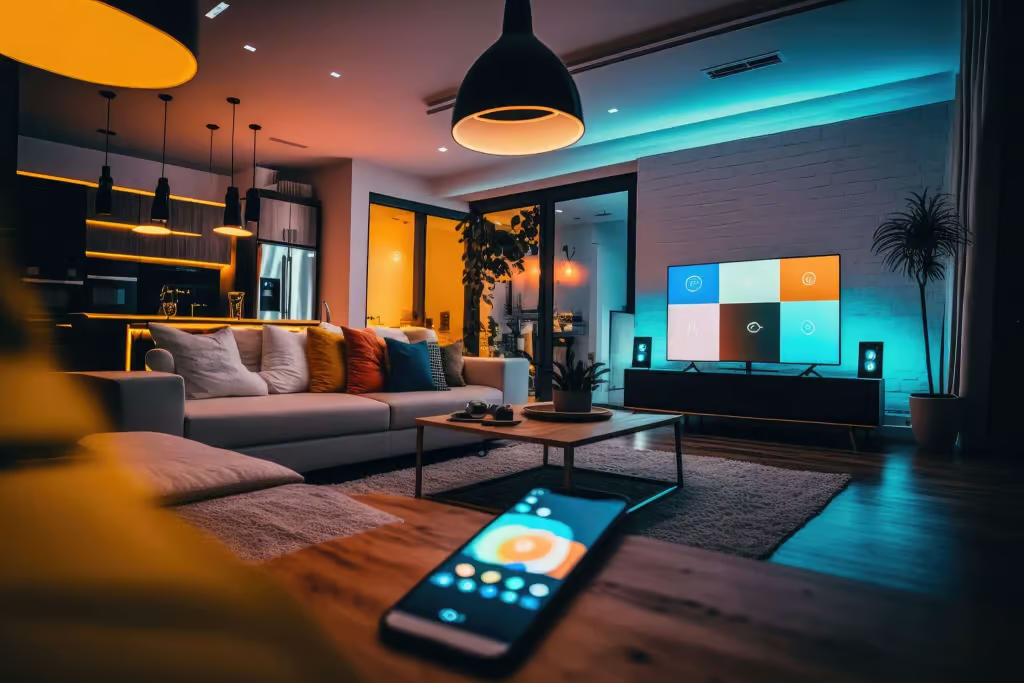
LED Lighting
LED (Light Emitting Diode) lighting is the newest lighting technology. They function by the conversion of electrical energy directly into light.
One of the things that the conventional lighting lacked was this. With LED lighting, the electric current does not need to pass through a filament, generating heat.
Traditional Lightning
Traditional Lighting, also known as incandescent lighting, uses the production of heat to generate light.
Compared to LED lighting, traditional lighting is not able to directly convert electrical current into lights. A filament is used where the energy is heated until it radiates light.
Conventional Lighting
Fluorescent Lighting and Halogen Bulbs are other forms of conventional lighting. One of the most popular options for conventional lighting is fluorescent lighting.
They are known for having bright lights and minimal energy use. Halogen lamps, on the other hand, are less often used. They consume more energy, have a short lifespan, and if not careful, release hazardous emissions.
Another popular term commonly used in lighting technology is conventional lighting. Conventional lighting typically refers to traditional lighting.
This lighting technology is based on older technologies such as halogen lamps, fluorescent tubes, high-intensity discharge (HID), etc. Conventional light bulbs are met with the challenges faced by traditional lighting.
Key Differences Between LED and Traditional Lightning
Various qualities separate LED and Traditional Lighting. Listed below are the key differences between LED lighting vs. traditional lighting:
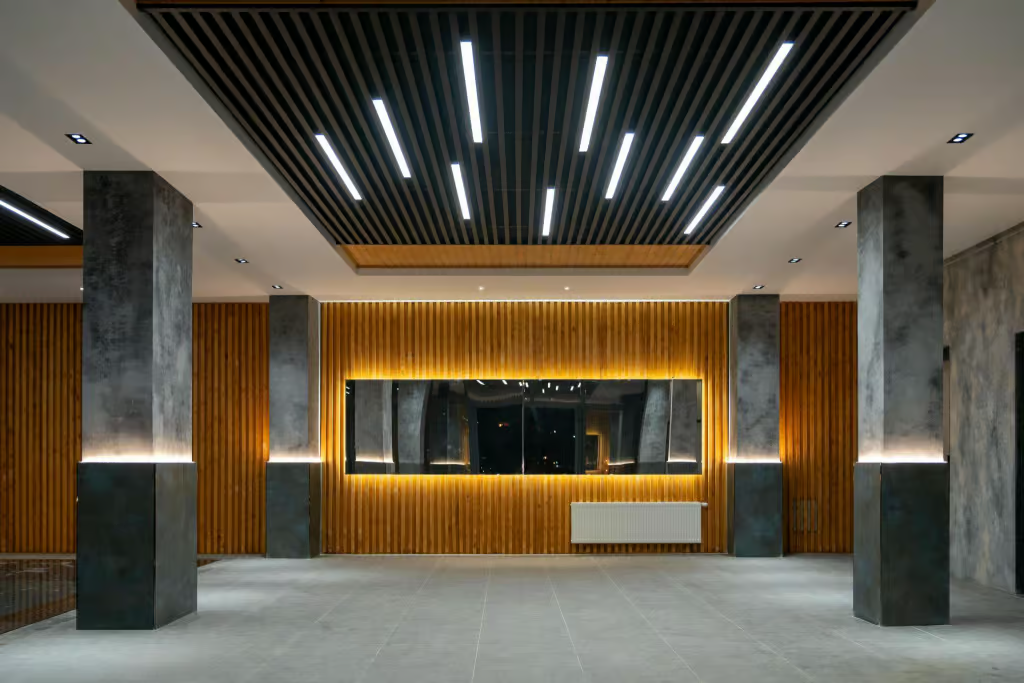
Energy Efficiency
LED light has higher energy efficiency when compared to traditional light. They can convert more than 80% of their energy into light while traditional bulbs convert less than 20% of their energy.
Eventually, LED lights use less power to generate high energy output, while traditional lighting does the opposite. In addition, light energy would require less energy to operate than typical lights.
Lifespan
The lifespan of LED lights is longer than that of traditional lighting. Under the same lighting conditions and environment, LED lights would last for more than 40,000 hours, unlike incandescent lighting which lasts within the range of 1500-2000 hours. For instance, halogen lamps are known to last for not more than 2000 hours.
Cost
While LED lights are more efficient compared to incandescent lamps, they are also more expensive to purchase and install. However, over time, LED lights will save you more money and prove to be cost-effective.
Because LED lights are much more durable, require less power and there is little or no need for replacement.
Light Quality and Brightness
The lights emitted by LEDs are of good quality. They don’t flicker or require warm-up time like traditional lighting. Also, LED lighting comes in various color temperatures to match your style.
They provide a greater variety of colors, forms, and sizes than traditional lights, which makes them appropriate for a range of moods.
Durability
The durability of LED lights can not be doubted. They are resistant to damage, shock or vibrations, and any other external impacts. This is largely because they are made with solid matter making their components can last as long as ten years.
This is the opposite when compared to traditional lights that require constant changing.
Pros and Cons of LED Lighting
To make your lighting selection easy, we’ve put up the pros and cons of LED lighting, they are listed below:
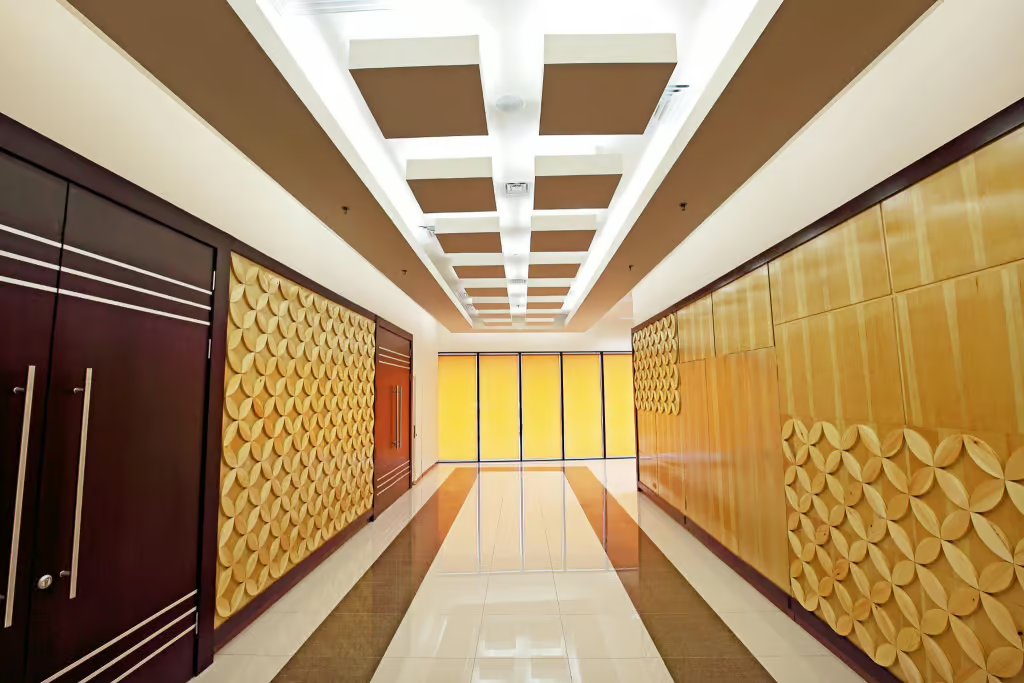
Pros
- Energy Efficiency: LED lights consume less power, give you 80% of their energy conversion, and save you from high electricity bills.
- Lifespan: LED lights would last for years without replacement. This is a quality conventional bulbs lack.
- Environmental Benefits: Lights like halogen bulbs, and incandescent bulbs are known for carbon emissions. Chemical emissions are not a concern while using LED lighting.
- Design Flexibility: LED light comes in different colors, shapes, sizes, etc. You can create different ambiances with LED lighting.
- LED Light Benefits for Skin: One of the LED light benefits for skin is the promotion of collagen. LED lights are also used as therapy for skin diseases.
Cons
- Initial Cost: The initial purchase and installation of LED lights are expensive. LED lights are efficient but with a high initial cost.
- Disadvantages of LED Lights: LED lights are sensitive to high temperatures. When exposed to high temperatures, they are liable to fail. They are also prone to possible emissions of blue lights.
- Complex Technology: Due to its complexity, LED lights can sometimes have application issues such as fluctuations in voltage. With the right voltage, they function optimally.
Pros and Cons of Traditional Lighting
To ensure a smooth lighting selection, we’ve put up the pros and cons of traditional lighting. They are listed below:

Pros
- Lower Initial Cost: You do not have to break the bank to purchase traditional lighting. They are not expensive but require continuous change and maintenance.
- Familiarity: Despite the new LED light technology, many individuals are accustomed to the warm and inviting glow of incandescent lights.
- Availability: Conventional lights are widely readily available and easy to find irrespective of LEDS light.
Cons
- High Energy Consumption: Traditional lights consume more power, provide less light and increase your electricity bills.
- Shorter Lifespan: Traditional lights have a lifespan of less than 2000 hours. They will require you to continuously change them.
- Environmental Impact: Traditional lights are not environmentally friendly because they emit carbon, which as you know, is hazardous to life.
Cost Analysis: LED Lighting vs. Traditional Lighting
Your choice of lighting can significantly impact your business. Listed below are some cost analyses you should consider:
- Initial Investment: LED lights require you to put in a lot of cost initially, but traditional lights do not require that. However, with LED lights, your business will save a lot of money in the long run.
- Long-Term Savings: LED lights give you the security of energy efficiency and reduced maintenance costs. They are therefore long-term cost-effective.
- Return on Investment (ROI): Traditional bulbs cost $2 each and $144/year in energy. LED bulbs cost $10 each and $24/year in energy. Your extra initial cost for LEDs will be $160, with an annual savings of $120. Your break-even point should be in less than two years.
- Environmental Impact: LED lights do not emit dangerous chemicals into the environment, they are eco-friendly and safe to use.
- Energy Consumption: The lower energy consumption of LEDs is in line with the reduction of greenhouse gas emissions to keep our atmosphere clean.
- Eco-Friendly Materials: Unlike fluorescent bulbs, which can be harmful to one’s health due to their mercury content, LEDs are free of these dangerous materials.
- Sustainability: The LED technology makes LED lights durable and sustainable over a long period compared to traditional lights.
Which Lighting Option Is Best for Different Applications?
You may be wondering about the best lighting option to choose from, especially in different applications. Listed below are some specs to back up your choice:
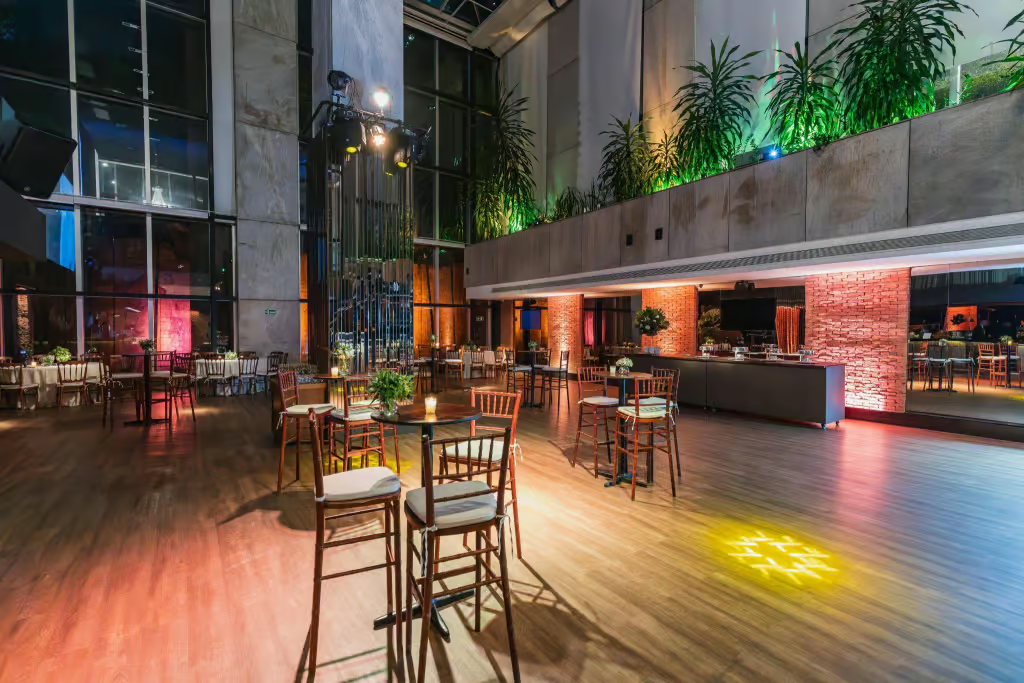
- Residential Use: LED lights are good for your residential space because unlike traditional lights they do not emit hazardous material. They do not need constant changing and can fit any ambiance of your choice. On the other hand, traditional lighting would need you to constantly change them, pose a threat to your health, but also give a feeling of familiarity.
- Commercial and Industrial Use: Good lighting is needed for every business. In your office space, LED lights will not only grace the atmosphere but also save you from high electrical bills. Unlike traditional lighting, which cannot provide a flexible and personalized design, LED light can do so.
- Specialty Applications: Bright and quality light sources are needed in workspaces such as retail stores and malls. LED lights can help you achieve that. On the other hand, for a short-term setting desiring to feel the ambiance of warmth, traditional lighting is needed.
Conclusion
With over ten years of experience in lighting technology, OLAMLED is at the forefront of the lighting industry. We offer highly specialized LED light solutions to meet your lighting project needs.
Are you ready to explore your choices? Contact OLAMLED today and let your lighting journey begin.
